How to Roll Out a Rebrand: A Step-by-Step Guide for a Successful Transition
Rebranding is a significant undertaking that can revitalize a company’s image, align its identity with current market trends, and position it for future growth. However, the success of a rebrand isn’t just about the new logo, colors, or messaging—it’s also about how effectively you roll out the rebrand to your audience. A well-executed rebrand rollout can generate excitement, reinforce brand loyalty, and attract new customers. In this article, we’ll explore a step-by-step guide to rolling out a rebrand smoothly and effectively.
1. Start with a Clear Rebrand Strategy
Before launching your rebrand, it’s crucial to have a well-defined strategy in place. This strategy should outline the goals of the rebrand, the key messages you want to communicate, and the steps you’ll take to implement the rebrand across all touchpoints.
Define Your Objectives: Why are you rebranding? Whether it’s to reach a new audience, refresh an outdated image, or reflect a change in your company’s direction, your objectives should guide every decision you make during the rollout.
Identify Key Stakeholders: Determine who needs to be involved in the rebrand, from executives and employees to key clients and partners. Keeping stakeholders informed and engaged will help ensure a smooth transition.
Set a Timeline: Develop a timeline that outlines when each phase of the rebrand will be implemented. This includes internal communications, external announcements, and the rollout of new brand assets.
2. Communicate Internally First
A successful rebrand starts from within. Before unveiling your new brand to the public, it’s essential to ensure that your employees are fully on board and equipped to embody the new brand identity.
Hold Internal Briefings: Host meetings or webinars to introduce the rebrand to your employees. Explain the reasons behind the rebrand, the changes that are being made, and how it will impact their roles. This helps to build excitement and buy-in from your team.
Provide Training and Resources: Equip your employees with the tools they need to communicate the new brand effectively. This might include brand guidelines, talking points, and training sessions on the new messaging and visual identity.
Encourage Employee Advocacy: Your employees can be your best brand ambassadors. Encourage them to share the new brand with their networks, both online and offline, by providing them with branded materials and suggested social media posts.
3. Update Your Brand Assets
A rebrand involves more than just a new logo—it requires updating all of your brand assets to reflect the new identity. This can be a time-consuming process, so it’s important to plan ahead and ensure consistency across all platforms.
Revise Marketing Materials: Update all marketing collateral, including brochures, business cards, signage, and advertisements, to reflect the new brand. Ensure that the new design and messaging are consistently applied across all materials.
Redesign Your Website: Your website is often the first point of contact for potential customers, so it’s essential that it reflects your new brand. This includes updating the logo, color scheme, typography, and content to align with the rebrand.
Refresh Social Media Profiles: Update your social media profiles with the new logo, cover photos, and bios. Consistency across all channels is key to reinforcing your new brand identity.
Revamp Internal Documents: Don’t forget about internal documents such as presentations, email signatures, and company letterheads. These should all be updated to reflect the new brand identity.
4. Plan a Public Launch
Once your internal team is on board and your brand assets are updated, it’s time to introduce your new brand to the world. A well-planned public launch can create buzz and ensure that your audience understands and embraces the changes.
Develop a Launch Campaign: Create a marketing campaign that highlights the rebrand and communicates the reasons behind it. This could include email newsletters, press releases, blog posts, and social media announcements.
Leverage Multiple Channels: Use a mix of digital and traditional channels to reach your audience. This might include your website, social media platforms, email marketing, paid ads, and public relations efforts.
Host a Launch Event: Consider hosting a launch event, either in-person or virtual, to unveil your new brand. This can be an opportunity to engage directly with your audience, explain the rebrand, and build excitement around the new identity.
Incorporate Storytelling: Share the story behind the rebrand. Whether it’s a video from the CEO, a behind-the-scenes look at the design process, or testimonials from customers and employees, storytelling can help humanize the rebrand and connect with your audience on an emotional level.
5. Monitor and Adjust
After the rebrand is launched, it’s important to monitor its impact and be prepared to make adjustments as needed. This ensures that the rebrand is resonating with your audience and achieving the desired outcomes.
Gather Feedback: Solicit feedback from employees, customers, and partners about the new brand. This can help you identify any areas that may need refinement or further explanation.
Track Key Metrics: Monitor key performance indicators (KPIs) such as website traffic, social media engagement, sales, and customer inquiries to assess the impact of the rebrand. Compare these metrics to pre-rebrand benchmarks to measure success.
Be Ready to Iterate: Rebranding is not a one-and-done process. Be prepared to make adjustments based on the feedback and data you collect. This could involve tweaking the messaging, refining the visual identity, or making further updates to brand assets.
6. Reinforce the New Brand Continuously
A rebrand doesn’t end with the launch. To ensure long-term success, you need to consistently reinforce the new brand across all touchpoints and over time.
Maintain Consistency: Ensure that all future marketing efforts and communications align with the new brand identity. This consistency will help to solidify the new brand in the minds of your audience.
Continue Internal Engagement: Keep your employees engaged with the new brand by regularly communicating its values and how it should be represented. Provide ongoing training and updates as needed.
Celebrate Milestones: Celebrate key milestones post-rebrand, such as reaching new audience engagement goals or launching new products under the new brand. This helps to maintain momentum and keep the rebrand top of mind.
Rolling out a rebrand is a complex process that requires careful planning, clear communication, and ongoing commitment. By following these steps, you can ensure a smooth transition that not only honors your brand’s legacy but also sets the stage for future success. A well-executed rebrand can rejuvenate your company’s image, resonate with your target audience, and drive growth in a competitive market.




